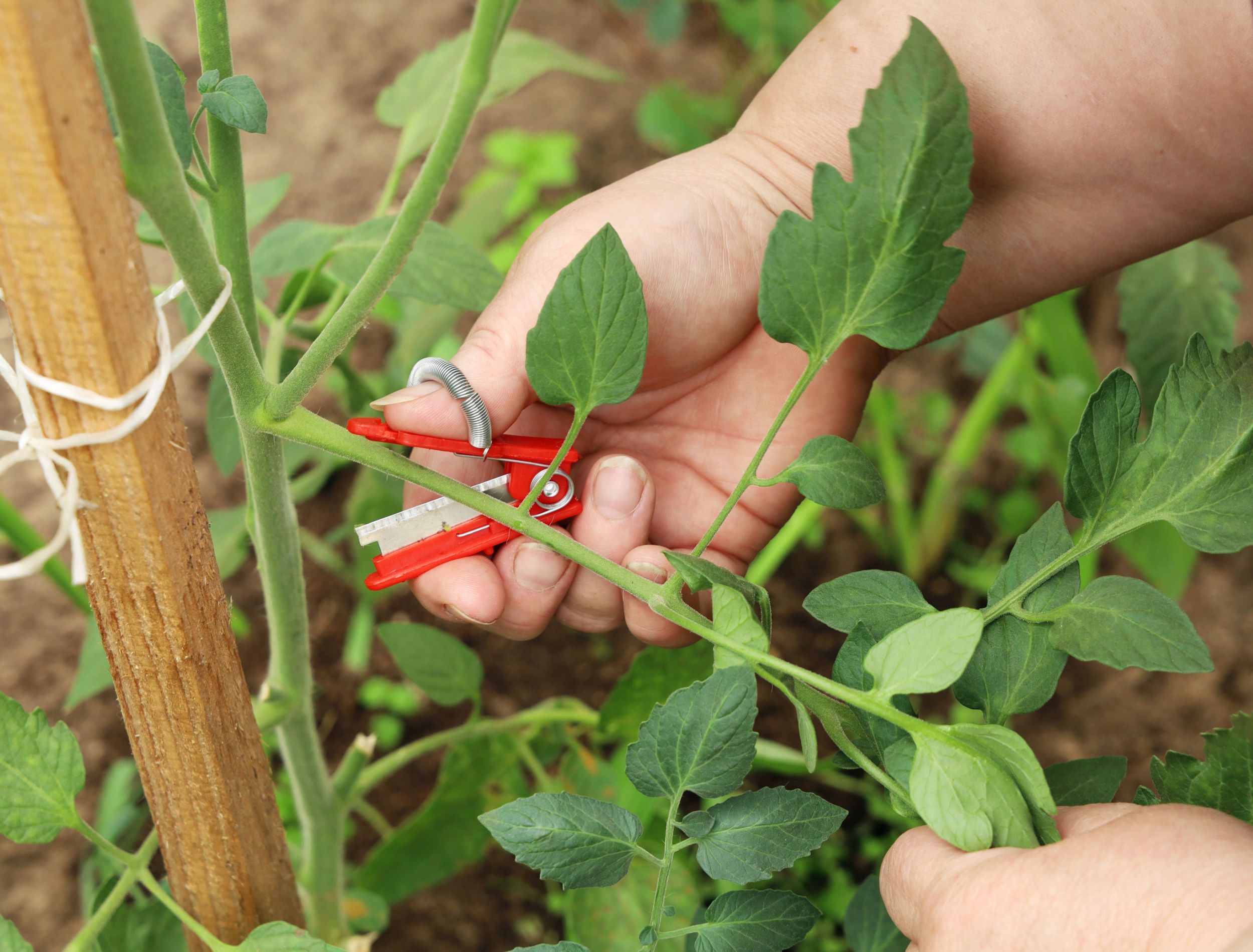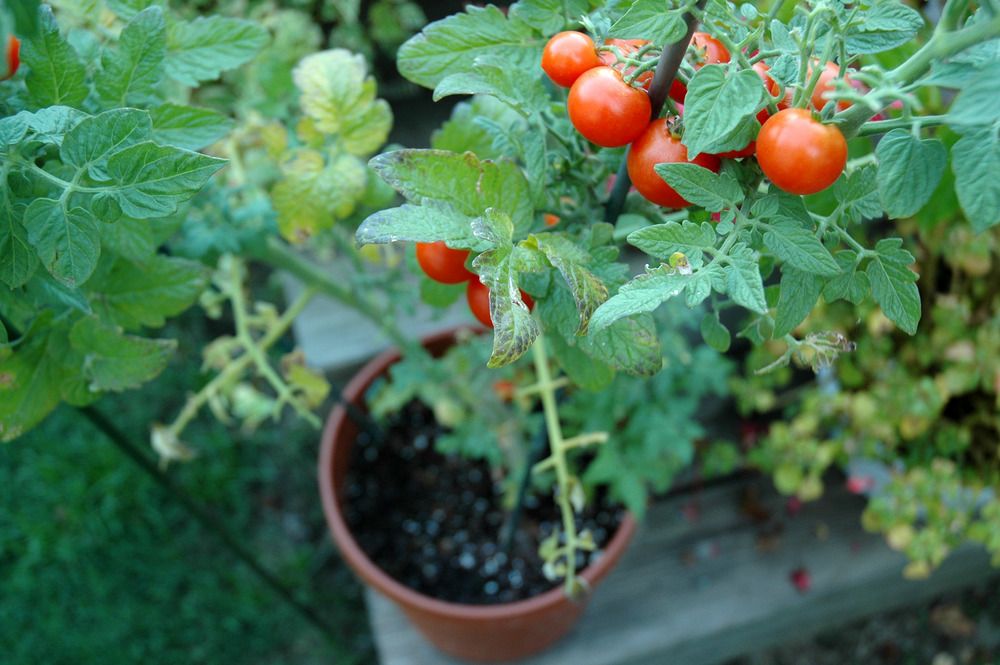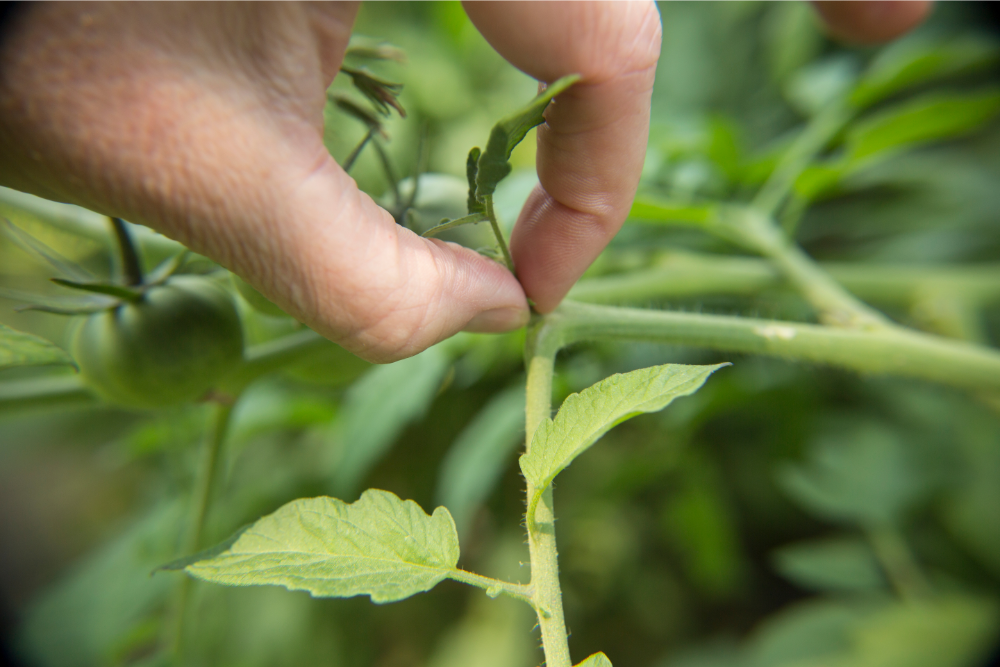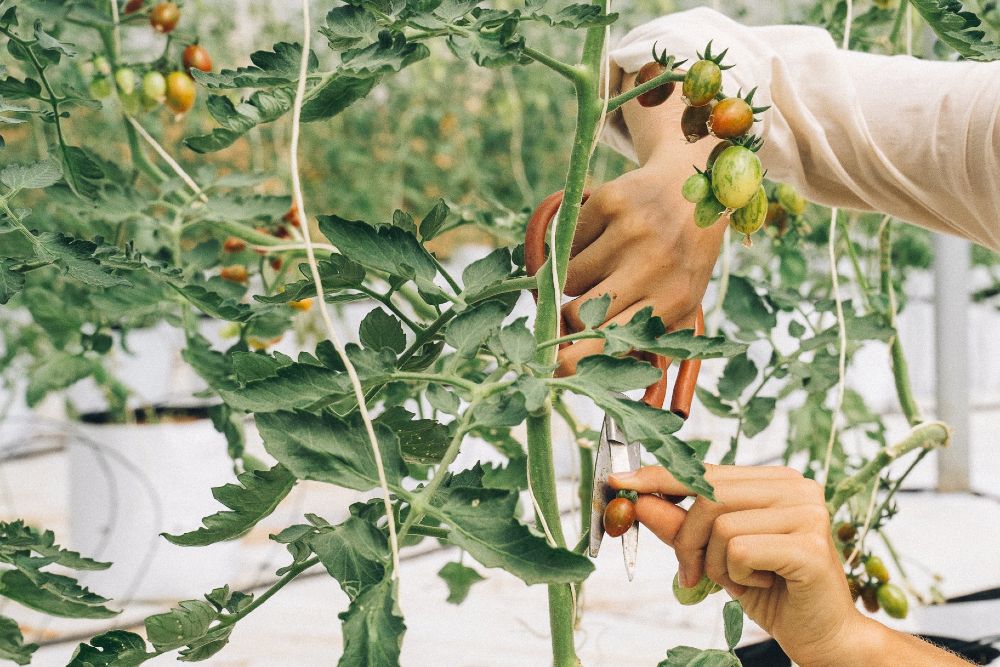Gardening season is here! Now, more than ever, many are turning to outdoor spaces and gardens to relax and de-stress. However, maintaining a flourishing garden takes some dedication. One key part of keeping your tomato plants in tip-top shape? Pruning them efficiently helps keep the healthiest growth possible! Discover all the information necessary on when and how to properly prune tomato plants.
How Often to Prune Tomato Plants
If you're growing tomatoes, pruning them regularly is critical to maintaining healthy plants and producing delicious fruit. How often do you need to prune your tomato plants? The answer is: it depends!
The frequency of pruning your tomato plants is contingent on the type of tomato plant you're growing. For indeterminate varieties, prune them every couple of weeks. This encourages vigorous new growth and helps keep out pests and diseases.
For determinate varieties, prune them a couple of times during the season.
Personal preference plays a role as well. For smaller tomatoes, more frequent pruning may be necessary as they are more prone to overgrowth if you leave them unpruned for too long. Pruning these varieties often helps keep the fruits from getting too large. For larger tomatoes, however, less frequent pruning may be suitable.
Tomatoes can handle pruning well, and it's best to remove more than less.
How to Prune Your Tomato Plants
Pruning your tomato plants is an important part of growing tomatoes. It helps you to get maximum yields from your plants by controlling their size and allowing more air and light to reach all parts of the plant.
Know Your Variety
One of the essential steps to successfully pruning your tomato plants is knowing whether your variety is determinate or indeterminate.
Determinate plants produce a finite number of tomatoes, and once they reach maturity, they stop producing new flowers and fruits. Some examples of determinate varieties include 'Roma,' Floramerica,' and 'Celebrity.'
Indeterminate varieties, however, continue growing and producing until frost sets in. Some types include 'Amish Paste,' 'Beefsteak,' most Cherry tomatoes, and heirloom tomatoes. These tomatoes need pruning throughout the growing season (May to September).
Timing Matters
When it comes to pruning your tomato plants, timing matters. The first time to prune your tomato plant is when the first set of flowers appears in June. Shaping your leafy companions right out of the gate encourages their energy to flow toward more vigorous growth throughout the season. Do this with determinate and indeterminate varieties.
Clean Your Tools
Take the time to ensure you have clean pruning shears before you get started. Cleaning and sanitizing reduce the risk of transmitting diseases, like tomato mosaic virus, from one plant to another, which could otherwise cause significant damage to your crop.
Before pruning, sanitize your shears or scissors with milk, vinegar, or a 10 percent bleach solution. Dry them off completely before use, as wet blades may spread fungi too.
Pruning
Start by removing the suckers. These are small branches that come out from the point where the stem and branches meet. Removing them helps channel nutrients into producing fruit instead of foliage.
Choose two to four leaders (leaders are the branches of a tomato plant that serve as its primary source of growth) as your main stems for fruits to develop on, then cut back all the other vegetative branches to ensure airflow and sunlight get through each one.
If multiple leaders are growing inward, prune them off to prevent competition. Remember to make all your cuts a slight angle. Doing so helps minimize damage and promote the healing of the wound.
Benefits of Pruning Tomato Plants
The primary benefit of pruning tomato plants is it encourages more flowers to form on each stem. This means more blooms for pollinators, resulting in higher yields of fruit. Plus, when you leave tomato plants unpruned, they become leggy, which may lead to a lower yield.
Additionally, by removing diseased or dying branches, pruning cuts away potential sources of infection that could cause the fruits to be small and misshapen. Also, dead parts of the plant take up energy which your plants can use elsewhere.
Finally, another benefit of pruning is it helps improve air circulation around each stem. This allows more light and fresh air to reach all parts of the plant, which encourages vigorous growth. Air circulation also helps to prevent the spread of fungal diseases like powdery mildew, which may ruin an entire crop.
Prune and Chill
Taking the time to prune your tomato plants ensures you get bigger, better fruit from each harvest. Plus, once you know the basics of proper tomato pruning, caring for your plants is fun! Pruning can be an enjoyable activity, perfect for gardeners of all levels — whether you have a green thumb or not!
So, grab your gloves and pruners, and get ready to transform your veggies into strong, vibrant fruits sure to make your meals memorable. And remember to share this information with family and friends; let everyone enjoy an abundant harvest of delicious tomatoes!




